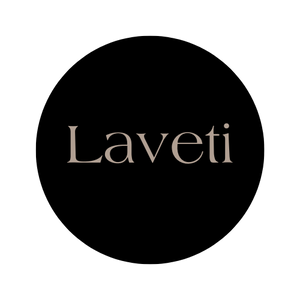Na Tanoa
According to tradition, master craftsmen from Manono in Samoa were adopted by the Tu’i Tonga. Owing to the close relationship between the Lau Islands and Tonga, whatever was in Tonga eventually found its way to Fiji through the Lau group. Two names, the Lemaki and the Jafau are said to be the beginning of the master craftsmen into the Lau group of islands in Fiji. These craftsmen were the first to introduce the tanoa into Fiji and they settled largely on Kabara Island in the Lau group. Prior to the arrival of the tanoa, early Fijians used wooden bowls called dave or dari which was hewn from the vesi hardwood (Intsia bijuga) which was endemic in Fiji.
Bowls for yaqona were essentially of two types: larger, deeper ones in which the drink was mixed and from which it was served as part of public ritual, and shallower, more delicate examples, sometimes with a pedestal stand, into which the concentrated drink was poured for consumption by a priest in pre-Christian rites. The former type, when circular with four or more legs is called tanoa, a word of Samoan-Tongan derivation.
Up until today, the craftsmen at Kabara Island and their descendants still carry on the tradition of tanoa making and use it a trading gift and also as an income earner.
There was also a shallower wooden dish called sedre which was for the traditional priestly rites that took place privately in the burekalou temple. This was sipped with a straw and its purpose was solely to supplicate the gods.






